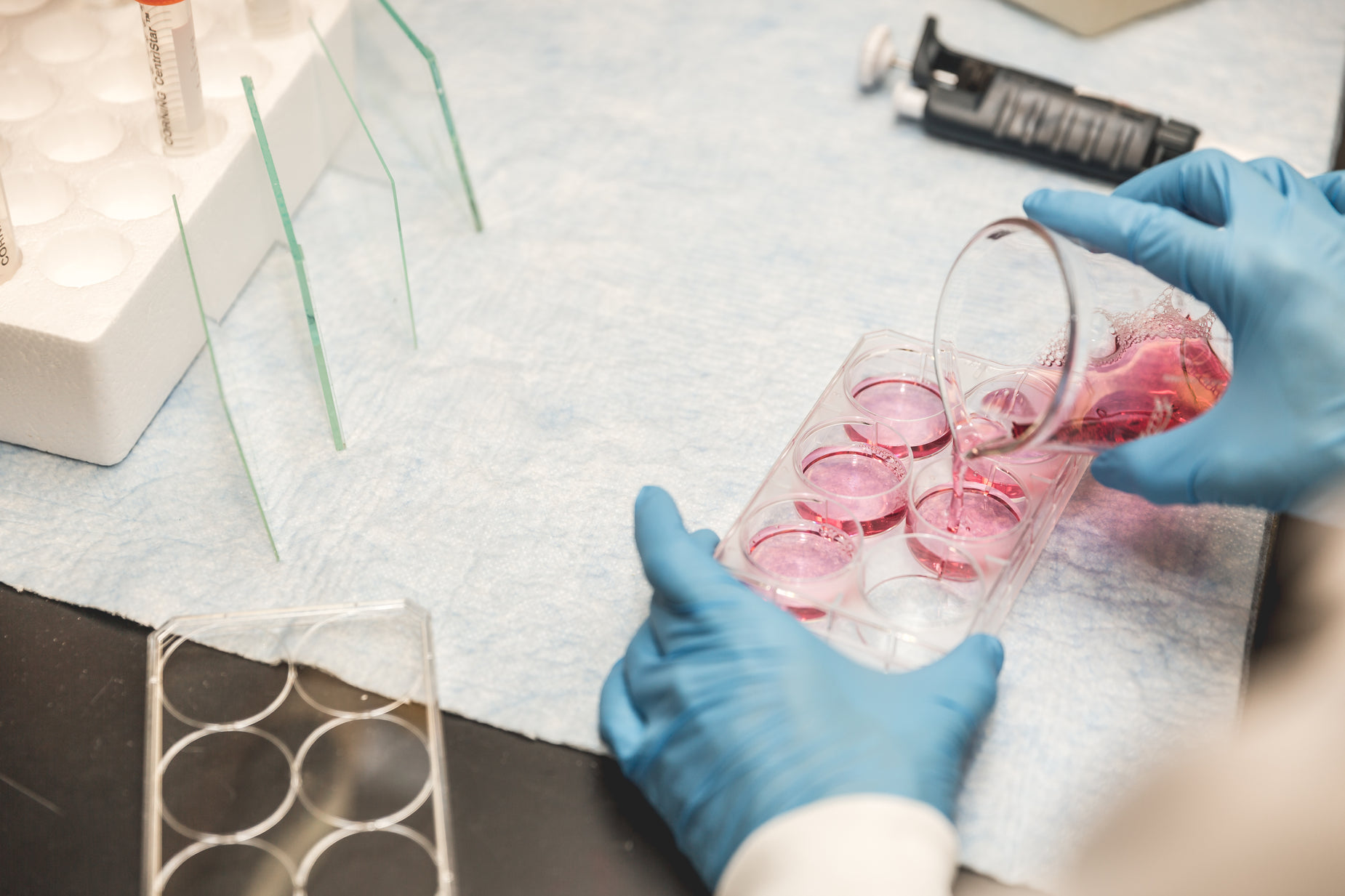What are the most common accidents in the laboratory?
The chemistry lab experience is in itself a pivotal moment: transferring what has been learnt from the textbooks and making the corresponding practical application, makes it also a moment of gratification after the theoretical part.
However, you should remain vigilant in your behaviour and avoid dangerous distractions that could cost you and those around you dearly.
Below are the 7 most frequent accidents that unfortunately happen in laboratories:
- Fire: When dealing with hot surfaces, it is inevitable to try to minimise the possibility of fire breaking out. Therefore, anything flammable within the environment must be carefully sealed and stored. In this respect, it is advisable to instruct them on the proper inspection of burners in order to detect any leaks in good time.
- Burns: distraction can be paid for on one's skin, especially if lacking the appropriate protection. The severity of burns can vary, but laboratory burns are certainly among the most common. Training and prevention remain the watchwords.
- Chemical burns: an unintentional spill can be costly, especially if it comes into contact with the epidermis or even worse the eyes. In this regard, the personal protective equipment provided in the laboratory can make a difference: goggles and protective gloves should be worn correctly, as should the containers provided for irritants.
- Cutting and scraping: because they are equipped with blades, sharp instruments by their very nature imply careful handling. At the same time, overheating glass can lead to it exploding with splinters: it is also good to be scrupulous when disposing of sharp objects.
- Contamination: sanitising your hands is as elementary as it is necessary and useful. This must be done before and after coming into contact with foreign substances, and care must be taken to protect oneself entirely with suitable aprons, gloves and goggles. Sanitisation of laboratory surfaces is essential.
- Inhalation: this type of accident, especially in areas where ventilation is poor, can lead to either a simple headache or a much more worrying fainting spell. Worse still if the inhalations are of chlorine gas or formaldehyde with which one can put one's life at risk. The correct opening of windows, ventilation and detection systems are useful tools to avoid unpleasant circumstances.
- Spills and leaks: these are usually due to poor compliance and haste, which is always inadvisable in laboratories. It is good to avoid distracted and rapid movements and to be aware of the precise cleaning policies to be adopted in the event of a leak: these are accidents that should not be underestimated, especially in the presence of flammable or caustic liquids.

